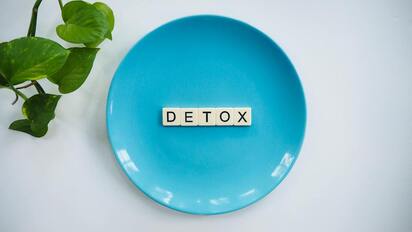 Photo by Vegan Liftz on Pexels
Photo by Vegan Liftz on Pexels Understanding Natural Detox: The Body's Built-in Mechanism
Detoxification is not a new-age concept; it's a fundamental process that occurs within our bodies every moment of every day. Our liver metabolizes toxins, our kidneys filter waste products, and our skin releases toxins through sweat.
Understanding the Liver and Kidneys: Powerhouses of Detox
At the forefront of our body's detoxification efforts are the liver and kidneys. These remarkable organs work tirelessly to filter out toxins and waste products from the bloodstream, ensuring they are safely eliminated from the body. The liver, often referred to as the body's detox powerhouse, plays a crucial role in metabolizing a wide range of substances through complex biochemical pathways. Meanwhile, the kidneys act as the body's filtration system, removing water-soluble toxins through urine.
Simplicity in Detox: Practical Tips for Everyday Wellness
While deep cleansing protocols may be necessary in certain circumstances, supporting our body's detoxification organs daily is essential for maintaining optimal health and vitality. Here are some practical tips to enhance your body's natural detox systems.
- Hydration: Water is essential for supporting kidney function and facilitating the elimination of toxins. Aim to drink at least three quarts of water per day, or up to 50% of your body weight in fluid ounces, to stay adequately hydrated. Consider adding a squeeze of lemon for an extra detox boost.
- Nutrient-Rich Foods: Incorporate a variety of deeply colored vegetables and fruits into your diet, such as pomegranate, artichokes, leafy greens (kale, Swiss chard, red lettuce), and winter squash. These foods are rich in antioxidants, vitamins, and minerals, which support detoxification pathways and promote overall health.
- Liver-Friendly Nutrition: Avoid foods and drinks that compromise liver detoxification, including fatty and fried foods, alcohol, and caffeine. Instead, opt for liver-loving foods such as green tea, ginger, garlic, chili peppers, and turmeric, which possess anti-inflammatory and antioxidant properties.
- Regular Bowel Movements: Adequate fiber intake is crucial for maintaining regular bowel movements and supporting intestinal elimination. Fiber acts as nature's broom, sweeping toxins and waste products out of your digestive system. Ensure you're consuming enough fiber-rich foods, such as whole grains, legumes, fruits, and vegetables, to promote digestive health and detoxification.
- Physical Activity: Move your body regularly to support circulation, lymphatic drainage, and sweating—the body's natural detox mechanisms. Whether it's a brisk walk, a yoga session, or a dance party in your living room, find activities that you enjoy and make them a regular part of your routine.
- Evening Eating Habits: Allow ample time between your last meal and bedtime to allow your body to focus on detoxification during sleep. Aim to eat dinner at least three hours before bedtime to promote optimal digestion and detoxification.
- Sweating: Engage in activities that induce sweating, such as sauna sessions, vigorous exercise, or hot yoga, to promote detoxification through the skin. Sweating helps eliminate toxins and metabolic waste products, supporting overall health and vitality. Remember to shower afterward to cleanse the skin and remove any impurities.
- Sleep Quality: Prioritize quality sleep to support the body's natural repair and detox processes. Aim for 7-9 hours of restful sleep each night, and create a relaxing bedtime routine to signal to your body that it's time to unwind and detoxify.
- Avoid Toxins: Minimize your exposure to environmental toxins by choosing organic, whole foods whenever possible, purifying your water, using natural cleaning and personal care products, and reducing your use of plastics and other chemical-laden products. By minimizing toxin exposure, you can support your body's detoxification efforts and reduce the burden on your detox organs.
Detoxification is not a complicated or mystical process—it's a natural phenomenon deeply ingrained in our body's biology. By embracing simplicity and making small changes to our daily habits, we can enhance our body's innate detoxification capabilities and promote optimal health and vitality. Instead of relying on expensive cleanses or supplements, focus on nourishing your body with whole, nutrient-rich foods, staying hydrated, moving your body regularly, and prioritizing self-care practices that support detoxification.
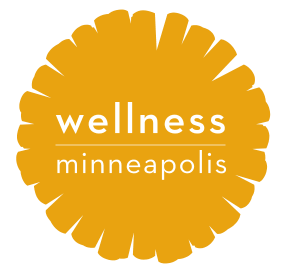




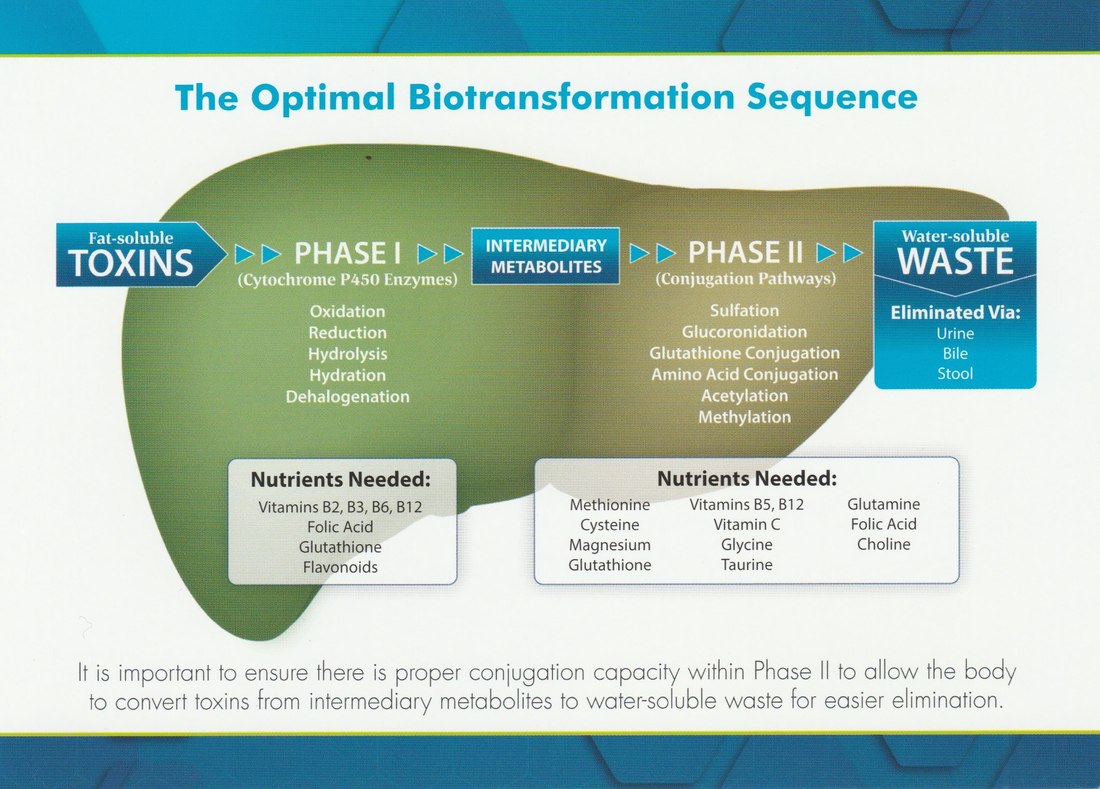

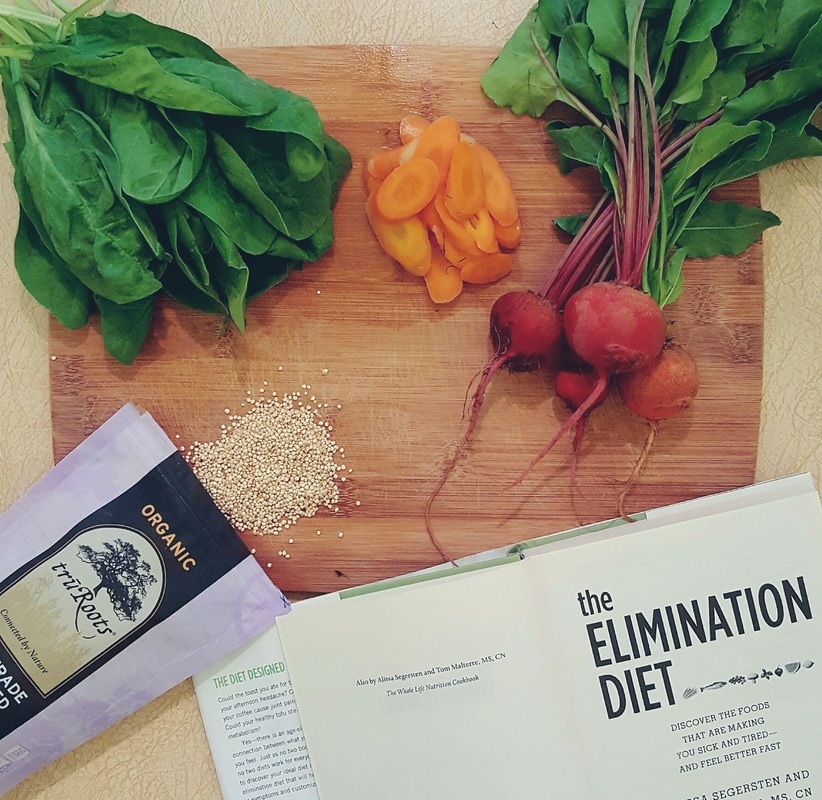
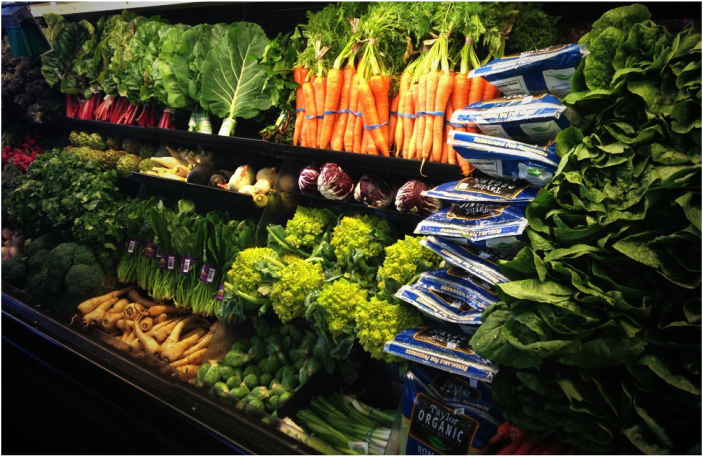

 RSS Feed
RSS Feed